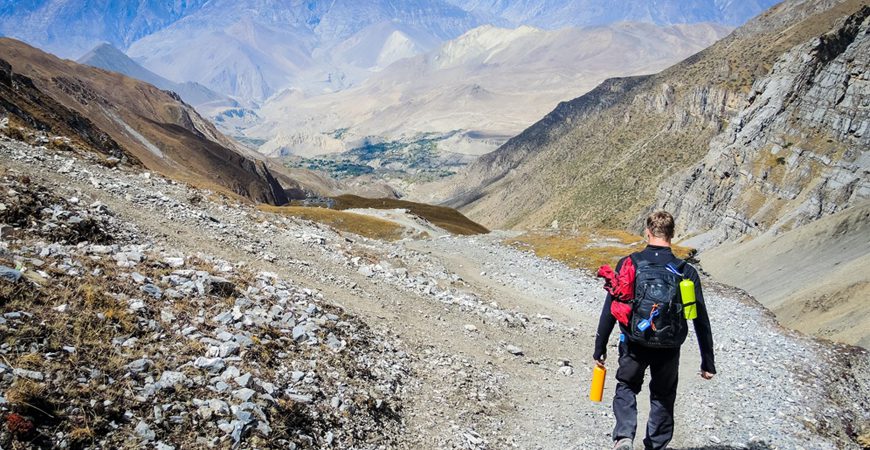
Embarking on a solo backpacking adventure requires careful preparation to ensure a safe and successful journey. In this article, we will explore the seven essential steps to solo backpacking preparation.
From fitness training and route research to gear familiarization and food preparation, we will delve into the importance of acquiring first aid knowledge, conducting weather checks, and practicing efficient packing techniques.
By following these thorough and informative guidelines, you will be able to approach your solo backpacking trip with confidence and experience.
Fitness Training
Fitness training is crucial for solo backpackers as it helps to build strength, endurance, and resilience necessary for long journeys in challenging terrains.
To prepare for a solo backpacking trip, it is important to set specific fitness goals and create a training schedule that allows for gradual progress. The goals may include increasing cardiovascular fitness, building muscular strength, and improving flexibility.
A well-rounded training program should include activities such as hiking, running, weightlifting, and yoga. It is important to gradually increase the intensity and duration of the workouts to avoid injuries and overexertion.
A training schedule should be developed, taking into consideration the available time and resources. It is recommended to consult with a fitness professional to create a personalized training plan that aligns with individual capabilities and goals.
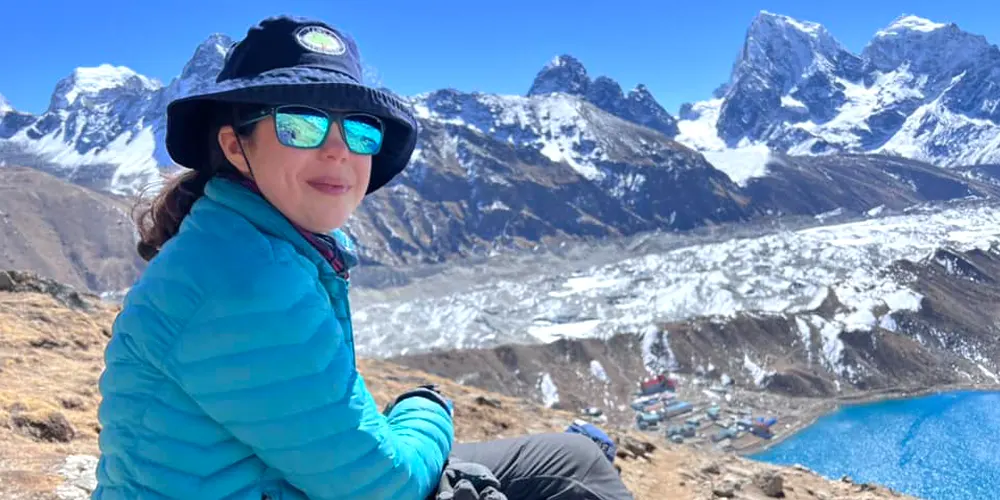
Route Research
To ensure a successful solo backpacking trip, thorough route research is essential for maximizing safety and enjoyment. Route safety and trail conditions are two crucial aspects that need to be considered during this process.
Before embarking on a backpacking adventure, it is important to research and understand the potential risks and challenges associated with the chosen route. This includes evaluating the difficulty level, terrain types, and any potential hazards such as steep cliffs, river crossings, or wildlife encounters. By gathering information from reliable sources such as guidebooks, online forums, and local authorities, backpackers can make informed decisions and adequately prepare for their journey.
Additionally, staying up-to-date with current trail conditions is vital to ensure a smooth and safe backpacking experience. Checking weather forecasts, trail reports, and talking to fellow hikers can provide valuable insights into any recent changes or issues that may affect the chosen route.
Gear Familiarization
After thoroughly researching the chosen route for your solo backpacking trip, the next essential step is to familiarize yourself with your gear. Proper gear maintenance and equipment repairs are crucial for a successful backpacking experience. Here are three important aspects to consider:
Inspect and clean your gear: Before setting off on your adventure, thoroughly inspect your backpack, tent, sleeping bag, and other equipment for any signs of damage. Clean them as needed to ensure they are in optimal condition.
Practice using your gear: Familiarize yourself with how to set up your tent, adjust your backpack straps, and use any other gear you'll be relying on during the trip. This will help you save time and avoid frustration on the trail.
Learn basic equipment repairs: It's essential to have some knowledge of equipment repairs in case something breaks or malfunctions during your trip. Learn how to fix common issues with your gear, such as patching a tent or repairing a backpack strap.
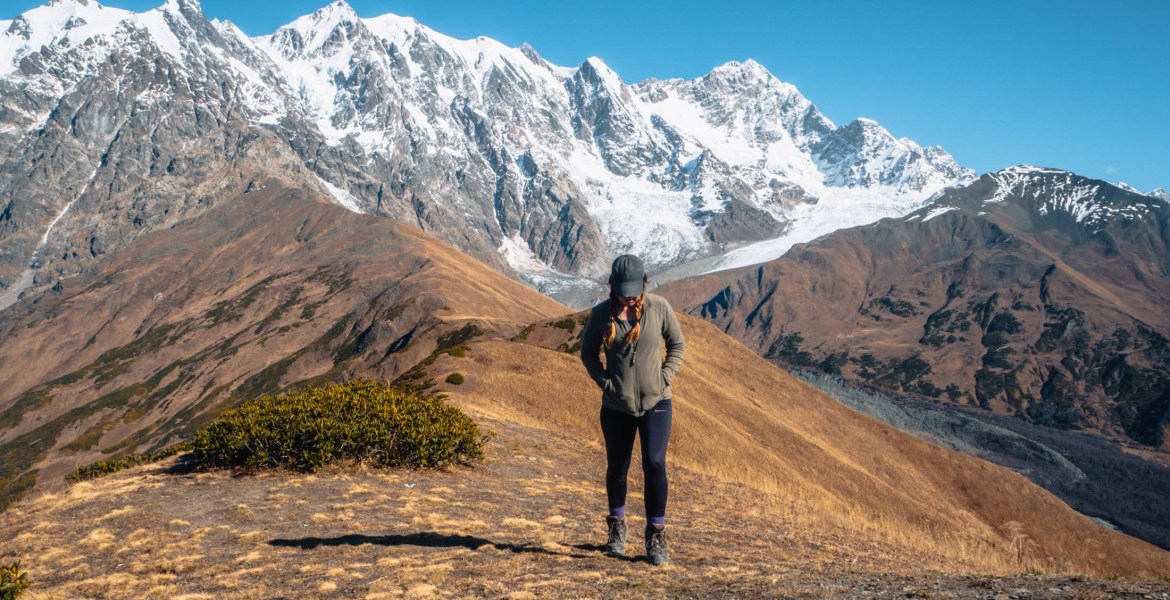
Food Preparation
When embarking on a solo backpacking trip, it is crucial to consider your nutritional needs on the trail. Proper food preparation plays a vital role in ensuring you have enough energy to sustain your journey.
This discussion will cover different cooking methods and equipment that are suitable for backpacking, enabling you to make informed decisions about the best options for your adventure.
Nutritional Needs on Trail
Backpackers must prioritize meeting their nutritional needs on the trail through proper food preparation. When embarking on a solo backpacking trip, it is crucial to pack enough food that is both lightweight and nutrient-dense. Here are some key points to consider for meeting your nutritional needs on the trail:
Hiking Snacks: Pack a variety of lightweight and energy-boosting snacks such as trail mix, energy bars, dried fruits, and jerky. These snacks provide quick and convenient sources of fuel during long hikes.
Hydration Tips: Staying hydrated is essential for optimal performance on the trail. Carry a water bottle or hydration bladder and drink regularly to prevent dehydration. Consider using water purification methods to ensure access to clean drinking water.
Meal Planning: Plan your meals in advance and consider the nutritional value of each meal. Include a balance of carbohydrates, proteins, and fats. Opt for dehydrated meals, instant soups, and easy-to-cook options that require minimal preparation and cooking time.
Cooking Methods and Equipment
To effectively meet their nutritional needs on the trail, backpackers must utilize appropriate cooking methods and equipment. Cooking techniques play a crucial role in ensuring that meals are not only delicious but also safe to consume.
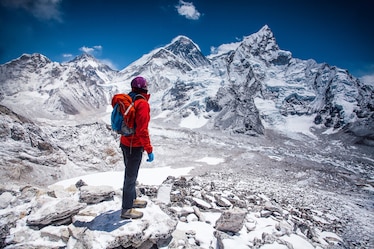
One common method used by backpackers is campfire cooking, which involves preparing meals over an open fire. This requires a few essential pieces of equipment, such as a lightweight camping stove, cooking pots and pans, and utensils. It is important to familiarize oneself with these tools before embarking on a solo backpacking trip.
Additionally, backpackers should also consider the weight and portability of their cooking equipment, as it can significantly impact their overall pack weight.
First Aid Knowledge
One essential step in solo backpacking preparation is acquiring a comprehensive knowledge of first aid. When you venture into the wilderness alone, you must be prepared to handle any potential injuries or emergencies that may arise.
Here are three crucial aspects of first aid knowledge that every solo backpacker should be familiar with:
Identifying common injuries: Understanding the types of injuries that can occur while backpacking, such as sprains, cuts, and insect bites, is essential for effective treatment.
Emergency response: Knowing how to respond swiftly and appropriately in emergency situations, including performing CPR, administering basic wound care, and stabilizing fractures, can make a significant difference in the outcome.
Carrying essential supplies: Being equipped with a well-stocked first aid kit that includes items like bandages, antiseptic wipes, pain relievers, and medical tape is crucial for immediate and effective treatment.
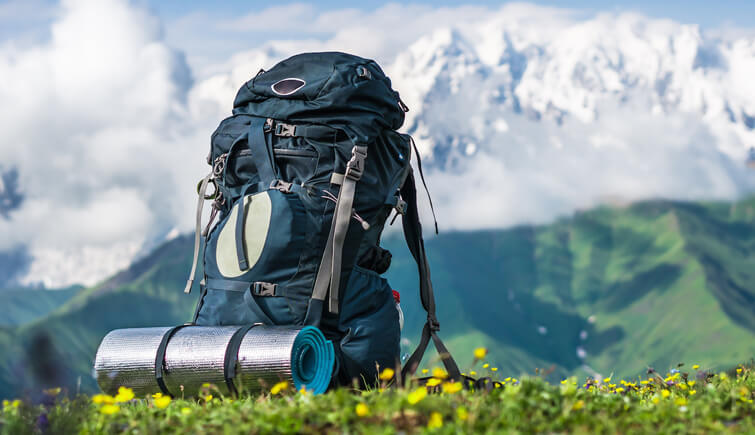
Weather Checks
When preparing for solo backpacking trips, it is crucial to conduct thorough weather checks. Checking the weather forecast before embarking on your journey can help you make informed decisions about what outdoor clothing to bring and how to prepare for various weather conditions.
Knowing the forecast can prevent you from being caught off guard by unexpected rainstorms, extreme heat, or sudden drops in temperature. It is important to consider the location and time of year when checking the weather forecast, as this can vary greatly depending on your destination.
Additionally, it is advisable to pack versatile outdoor clothing that can be layered to adapt to changing weather conditions. This will ensure that you are prepared for any weather you might encounter during your solo backpacking trip.
Packing Practice
Having completed thorough weather checks, the next essential step in solo backpacking preparation is practicing proper packing techniques. This step is crucial to ensure efficient organization and maximize the use of limited space.
Here are three key tips for practicing packing techniques:
Roll, don't fold: Rolling your clothes instead of folding them not only saves space but also helps prevent wrinkles.
Utilize packing cubes: These handy organizers keep your belongings neat and compact, making it easier to find items and maintain order in your backpack.
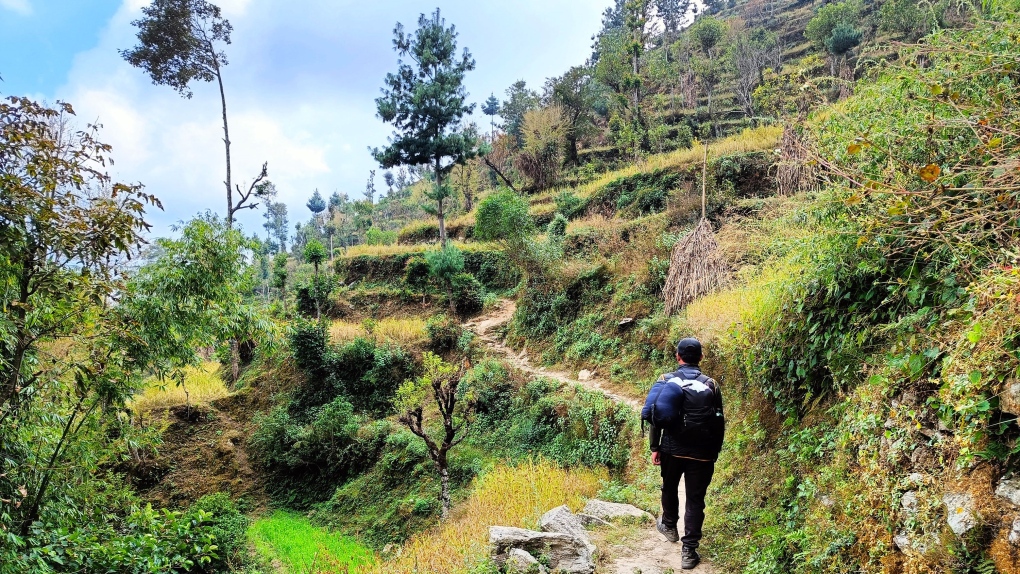
Pack strategically: Place heavy items at the bottom and close to your back for better weight distribution, while keeping frequently used items easily accessible.
 Travel AdviceDigital NomadsExPat LivingTravel Content Creation HacksPlaces to VisitAdventure TravelPrivacy PolicyTerms And Conditions
Travel AdviceDigital NomadsExPat LivingTravel Content Creation HacksPlaces to VisitAdventure TravelPrivacy PolicyTerms And Conditions
